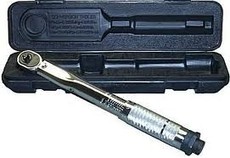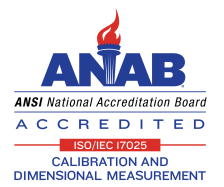10Tip’s for Torque Wrench Use and Maintenance
A torque wrench is a precision instrument designed to apply a specific amount of force to a fastener. Whether tightening head bolts on an automobile engine or inspecting fastener tolerances on high-performance equipment. It is extremely important that proper care is used.
1. Always follow the manufacturer's directions regarding torque direction, proper force, torque pattern/sequence, use or non-use of lubrication on fasteners and torque "tighten/release" cycles.
2. Do not exceed the recommended working range of the torque wrench. Reliable measurements are based on a percentage of the working range. In general, mechanical wrenches have a useable range from 20% to 100% of full scale. Most electronic wrenches have a useable range from 10% to 100% of full scale.
3. Avoid dropping or sliding a torque wrench. Dropping a torque wrench on a hard surface can cause the instrument to lose reliable calibration.
4. Avoid exposure to temperature extremes, high humidity, fluid immersion and corrosive environments.
5. As most torque wrenches are length specific, always grasp the torque wrench in the center of the handle. If two hands need to be used, place one hand on top of the other.
6. Use a torque wrench to apply a specific torque value during the final assembly process. Do not use a torque wrench as the primary means of tightening or loosening fasteners.
7. Apply torque in a slow, methodical manner and avoid sudden, "jerking" movements.
8. When the wrench signals (by clicking, beeping or lights) that a specific torque has been reached, stop pulling immediately.
9. If using a click-type torque wrench, always store it at 20% of full scale.
10. After 5000 cycles or up to one year of use, whichever comes first, have your torque wrench inspected and recalibrated by an ISO certified calibration service.




